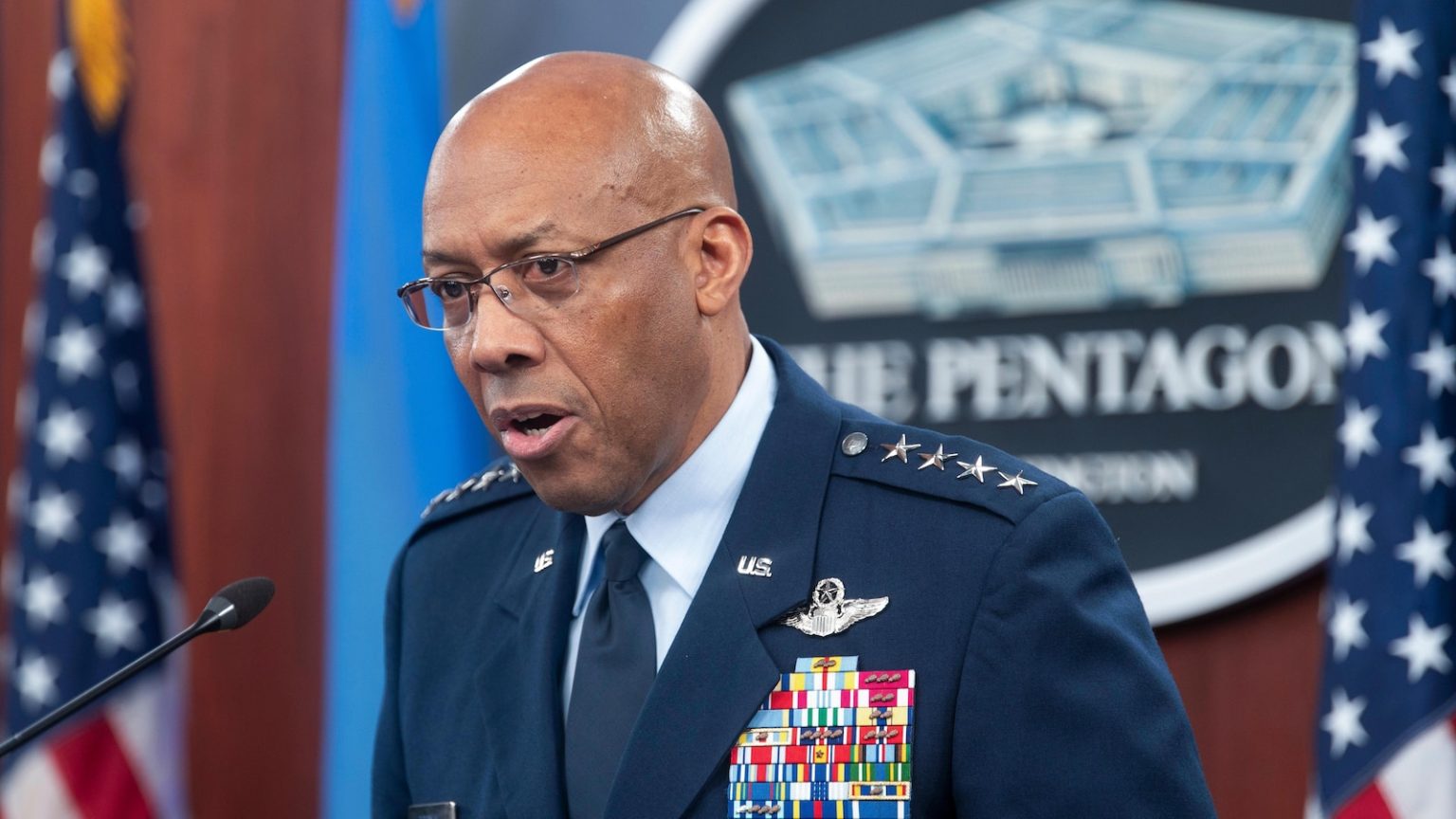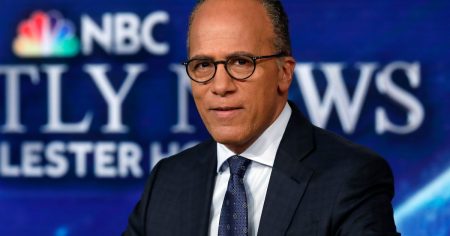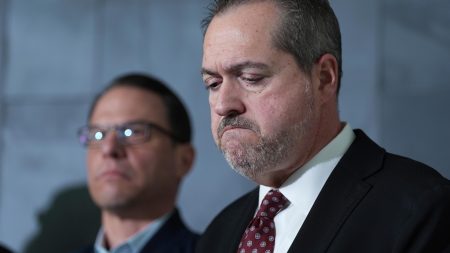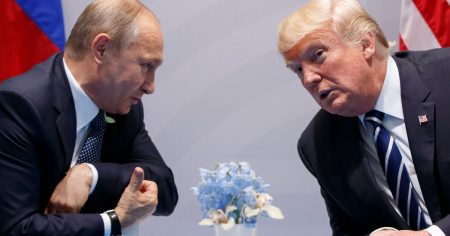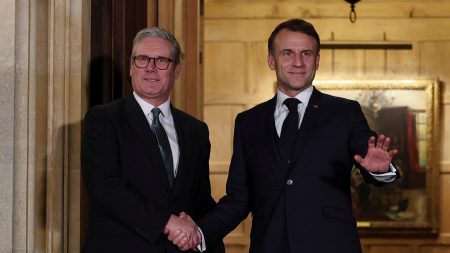Trump’s Choice for Joint Chiefs Chairman: The Rise of Lt. Gen. Dan Caine
A New Era in Military Leadership
In a move that has sent shockwaves through the Pentagon and the wider defense community, President Donald Trump has announced his intention to appoint retired Air Force Lt. Gen. Dan Caine as the next Chairman of the Joint Chiefs of Staff. This decision, revealed in a social media post on Friday night, not only ousts the current Chairman, Air Force Gen. CQ Brown Jr., but also marks a significant shift in the administration’s approach to military leadership. Caine, a retired Air Force Lieutenant General, has been praised by Trump for his unconventional style and military prowess, traits that the President believes are essential for the challenges ahead.
Caine, whose military call sign is "Razin," first caught Trump’s attention during a meeting in Iraq years ago. Trump has often spoken about this encounter, highlighting Caine’s no-nonsense approach to military operations. The President has made it clear that he values loyalty and a shared vision for the military, and Caine appears to fit the bill. However, Caine’s appointment has raised eyebrows due to his nontraditional background and the fact that he does not meet the usual prerequisites for the role, such as serving as a combatant commander or service chief. Despite this, Trump has expressed confidence in Caine’s ability to lead, citing his deep understanding of the Pentagon and his experience as a "citizen-soldier."
A Measured and Apolitical Leader
Those who have worked with Caine describe him as measured and apolitical, qualities that stand out in an administration often criticized for its polarizing approach. Caine’s military career spans decades, including service in the National Guard and the private sector, which has given him a unique perspective on both military and civilian matters. His experience in overseeing classified weapons programs and handling sensitive international relations has prepared him for the complexities of the Joint Chiefs role.
Caine’s recent retirement in December has raised questions about the process of recalling him to active duty for Senate confirmation. While the 1986 law governing the position allows the President to waive certain requirements, the move has sparked debate about the implications for military leadership and the precedent it sets. Supporters argue that Caine’s diverse background brings a fresh perspective to the role, while critics worry about the signal it sends regarding the importance of traditional qualifications.
A Shared Vision with the President
Trump’s relationship with Caine dates back to his first administration, when the two met during a visit to Iraq. The President has often recounted a conversation in which Caine outlined a bold plan to defeat the Islamic State group, showcasing his aggressive and innovative approach to military strategy. This aligns with Trump’s vision of a more lethal and decisive military force, a theme he has emphasized repeatedly in recent weeks.
The President’s decision to replace Brown, who has been a vocal supporter of diversity and inclusion initiatives in the military, reflects a broader effort by the administration to reshape the armed forces in its image. Trump has been critical of the military’s top leadership, blaming them for what he sees as a lack of success in Afghanistan and other Theater of Operations. His preference for leaders like Caine, who are seen as more aligned with his views, has raised concerns about the politicization of the military.
Reactions and Implications
The ouster of Brown and other military leaders has sparked a lot of discussion about the direction of the military under Trump’s leadership. While some see Caine as a capable and refreshing choice, others worry that his appointment undermines the traditional merit-based system for selecting the Chairman of the Joint Chiefs. The fact that Caine does not meet the standard prerequisites has led to questions about the integrity of the selection process and whether political loyalty is being prioritized over experience and qualification.
Despite these concerns, Caine has earned a reputation as a competent and pragmatic leader. His experience in the National Guard and the private sector has given him a unique understanding of the challenges faced by service members and the broader national security landscape. His ability to navigate the complexities of the Pentagon, combined with his no-nonsense approach to military operations, makes him an intriguing choice for the role.
A Breath of Fresh Air at the Pentagon
Caine’s appointment has been described as a "breath of fresh air" by some of his supporters, who argue that his nontraditional background and real-world experience make him an ideal candidate for the position. His willingness to think outside the box and challenge the status quo aligns with Trump’s desire for a military leadership that is more aggressive and results-driven.
However, the road ahead for Caine will not be easy. The Senate confirmation process is likely to be contentious, with lawmakers scrutinizing his qualifications and questioning the decision to waive the usual requirements. Additionally, Caine will need to navigate the tricky political landscape of the Pentagon, where he will be expected to balance the administration’s priorities with the needs of the military as a whole.
Conclusion: A New Chapter for the Joint Chiefs
As the military enters a new era under Lt. Gen. Dan Caine’s leadership, there is a mix of excitement and apprehension about what the future holds. While Caine’s unconventional background and aggressive approach to military strategy have won him support from Trump, they have also raised questions about the direction of the armed forces and the role of the Joint Chiefs Chairman.
Ultimately, the success of Caine’s tenure will depend on his ability to lead effectively, build trust within the military and on Capitol Hill, and deliver on the administration’s vision of a more lethal and decisive force. As the nation watches closely, one thing is certain: the appointment of Dan Caine as Chairman of the Joint Chiefs of Staff marks a significant turning point in the history of the U.S. military.





